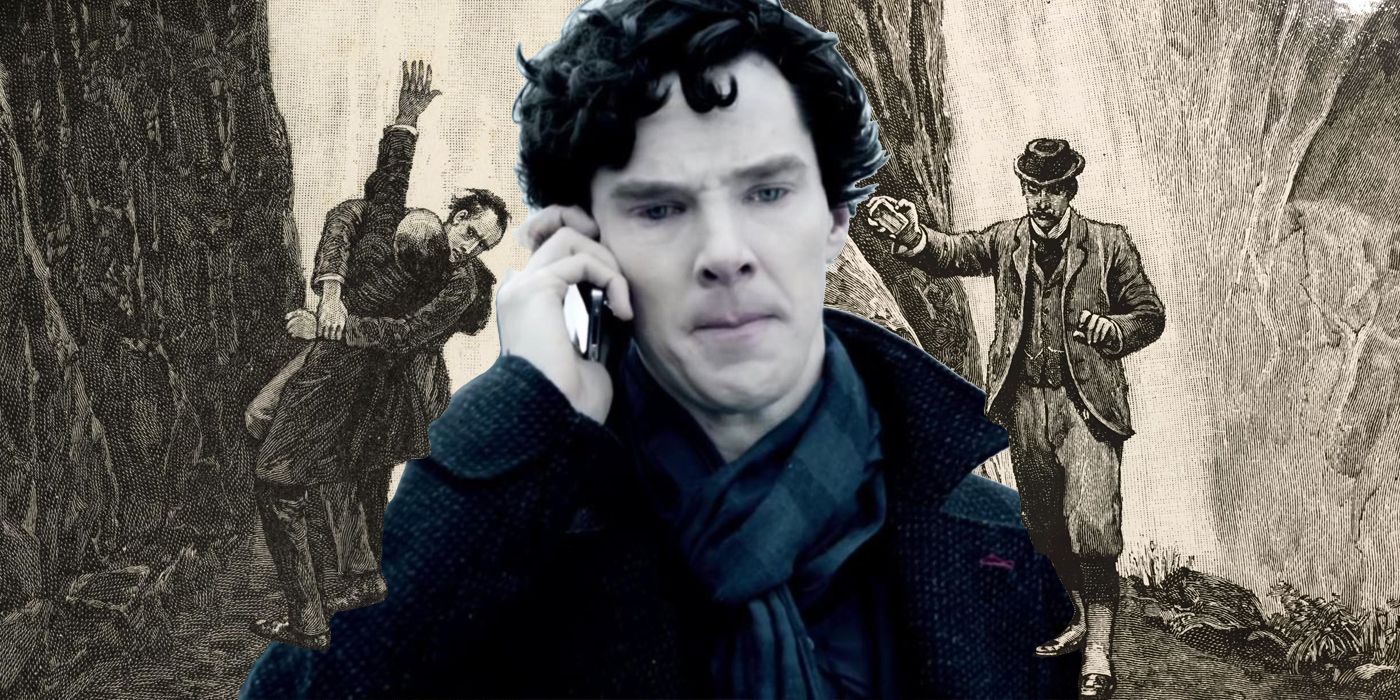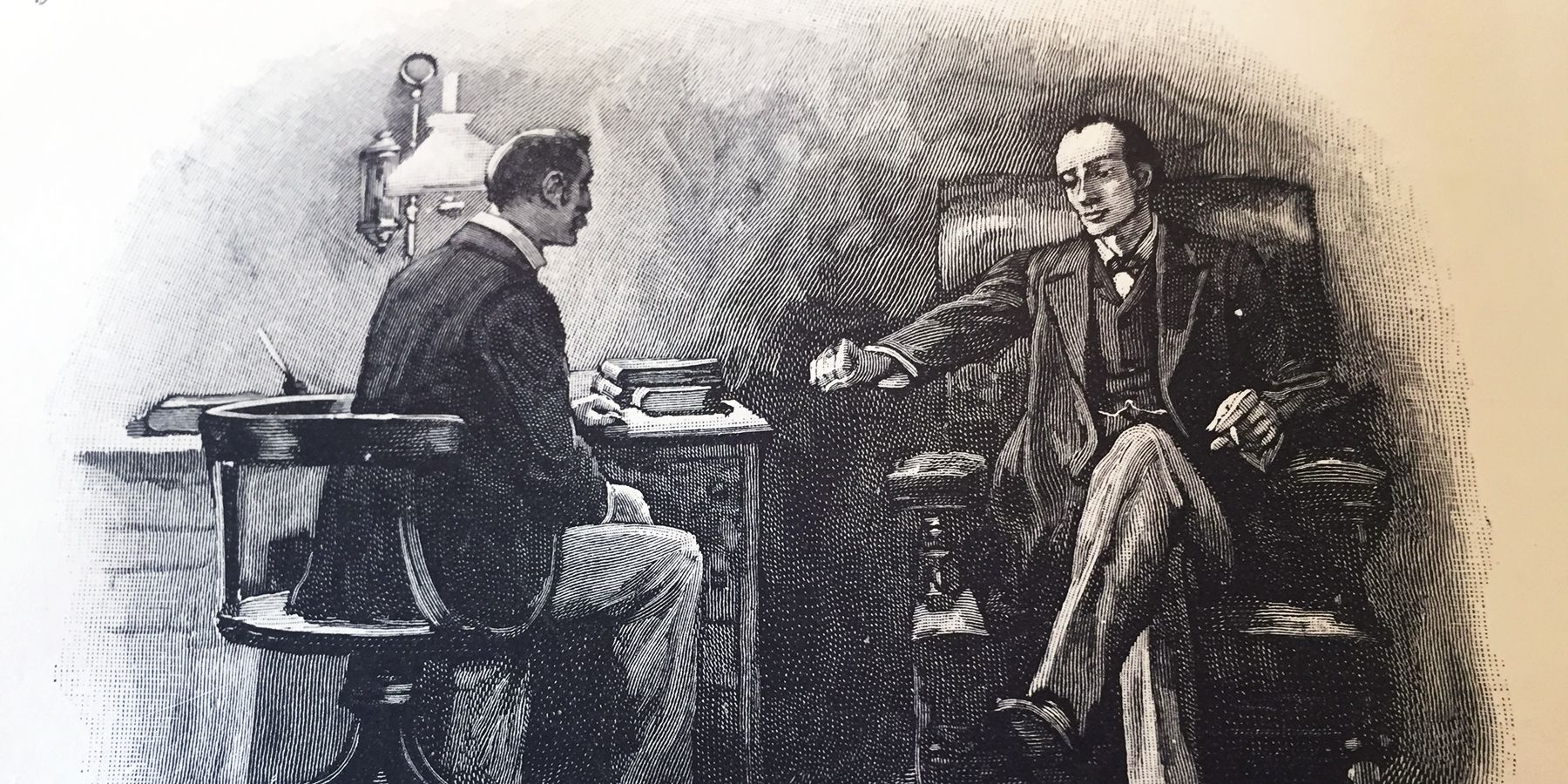Sherlock Holmes fans have always been passionate, but the reaction to his death in BBC’s Sherlock and Guy Ritchie’s Sherlock Holmes: A Game of Shadows (although he appeared at the very end) is nothing compared to when Sir Arthur Conan Doyle killed him back in 1893. The Great Detective first appeared in the novel A Study in Scarlet, published in 1887, and his popularity grew with the first series of short stories published in The Strand Magazine, beginning with “A Scandal in Bohemia” in 1891.
In total, there are four novels and 56 short stories telling the adventures of Sherlock Holmes and his friend and biographer Dr. Watson, which have served as basis and inspiration for multiple literary works, TV series, and films for over one hundred years. Sherlock Holmes continues to be quite popular, and his fan base is still very passionate, though it doesn’t compare to fans in the 1890s.
Although the tales of Sherlock Holmes are Sir Arthur Conan Doyle’s most famous works, he also wrote fantasy and science fiction stories, as well as plays, poetry, and historical novels. Baker Street’s detective took most of his time, and in 1893 Conan Doyle killed Sherlock Holmes in “The Final Problem” so he could dedicate more time to his historical novels – but he wasn’t counting on how readers were going to react to this event.
How Fans Reacted To Sherlock Holmes’ Original Death
“The Final Problem” was also published in Strand Magazine and introduced Sherlock’s archenemy and criminal mastermind Professor James Moriarty. The story follows Sherlock’s efforts to catch Moriarty while the latter tries to kill him, and after a violent struggle at the Reichenbach Falls in Switzerland, Sherlock and Moriarty fall to their deaths. That was the way Conan Doyle intended to give closure to Sherlock Holmes, but fans weren’t pleased. According to BBC, more than 20,000 readers cancelled their subscriptions to Strand Magazine after Sherlock’s death, and the magazine barely survived after that, to the point where the staff referred to this as “the dreadful event”.
Legend has it that the reaction was such that many Londoners wore black armbands in mourning, though there’s no evidence to support this. What is true, however, is that readers wrote to the magazine in protest, and many clubs were formed to keep Sherlock “alive”. But Conan Doyle was unaffected by all this, and didn’t give in to public pressure until 1901 when The Hound of the Baskervilles was published, although the story was set before Sherlock’s death. Conan Doyle eventually revived the character, with Sherlock himself explaining he faked his death in “The Adventure of the Empty House”, published in 1903. The time between his “death” and his return is known as “The Great Hiatus”.
Conan Doyle continued to write new Sherlock Holmes stories until 1927, with The Case-Book of Sherlock Holmes being the final batch of short-stories from the Great Detective. In a way, fans of Sherlock Holmes helped model the modern concept and practice of “fandom”, though their actions haven’t had as much impact as that of angry readers in 1893.


